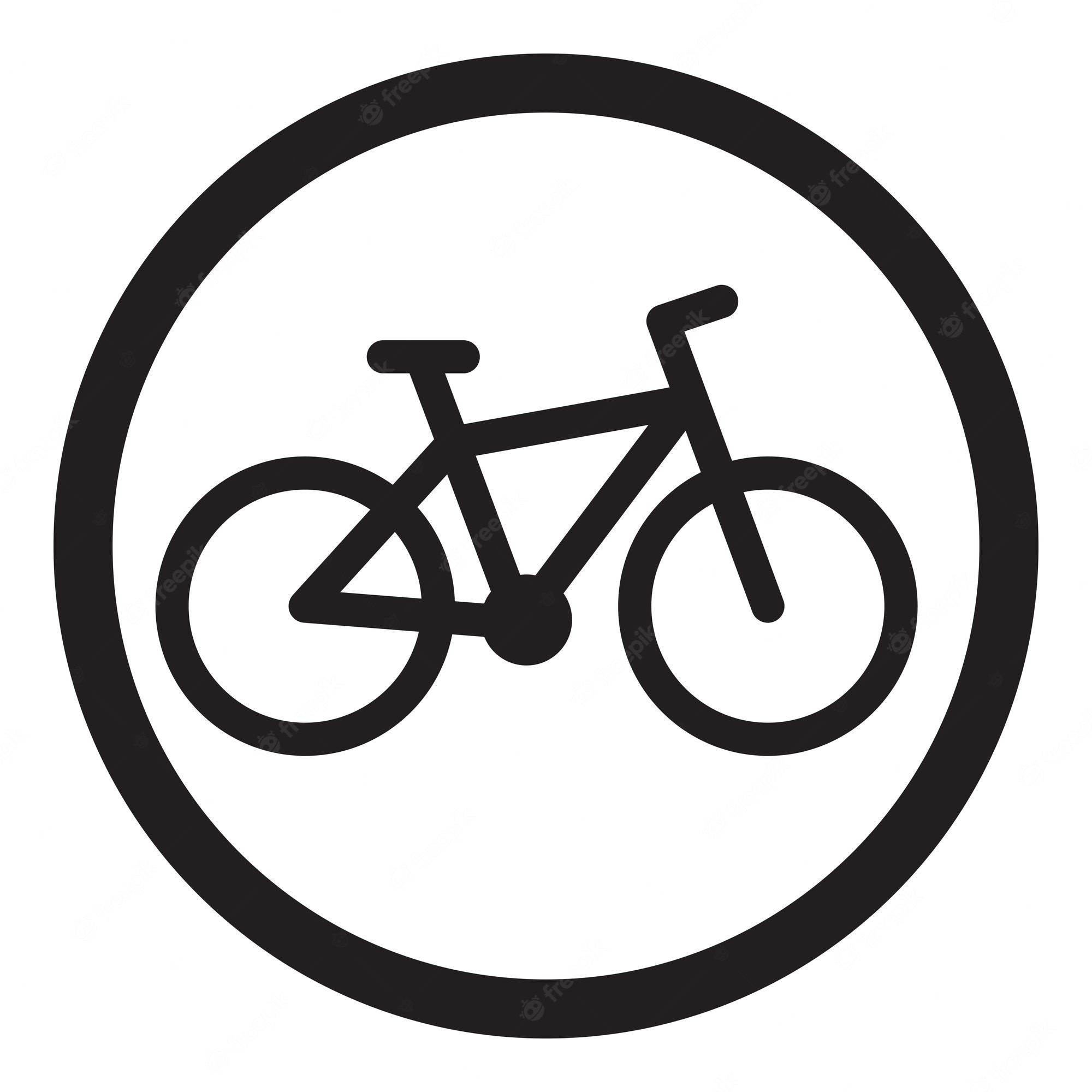

I imagine then that for an equivalent battery our sodium battery would weight 3 times as much and take up twice as much space as a lithium battery (plus any extra weight a larger housing or heavier mounting brackets add). Most of the ebikes I’ve ridden have batteries approximately the size of a 2L of cola.
My battery would no longer fit fully in the downtube, or would have to be paired with a second battery. Perhaps putting it in the frame triangle would work. For larger bikes, like cargo bikes, I could see a large flat battery being put in the bottom of the wheelbarrow part without really being that noticeable. Even if only half of bikes changed over, it would still be a win.
I’ve also visited a lithium mining area in the salt flats and what we’ve done to the indigenous folks’ land, communities, and to the people themselves is abhorrent. We can do better. Let’s hope these sodium batteries become available sooner rather than later, especially for circumstances where the weight/size are less of an issue.






I don’t see any Arch sticker. If it was Arch, it would be the biggest sticker.